
Vietnam Road Administration checks and reviews all areas at risk of flooding, landslides, flash floods and develops plans to handle and remotely divert traffic.
Implementing the Prime Minister's Official Dispatch No. 231/CD-TTg dated November 26, 2025 and the Government's direction, the Ministry of Construction requests agencies and units in the industry to closely follow Official Dispatch No. 227/CD-TTg and Official Dispatch No. 231/CD-TTg to proactively respond at the highest level, with the goal of putting people's safety first.
Units must regularly monitor storm developments, continuously update the situation and deploy preventive measures "early, from afar".
Develop a plan to handle and divert traffic remotely
The Ministry of Construction assigned the Vietnam Road Administration to inspect and review all locations at risk of flooding, landslides, and flash floods and develop a plan to handle and divert traffic from afar. Units must arrange forces to guard underground locations, spillways, ferry terminals, and pontoon bridges; install buoys, barriers, and warning signs at deep flooded areas, broken roads, and weak roadbeds; and absolutely not allow people and vehicles to move through until safety is assured.
According to the National Center for Hydro-Meteorological Forecasting, at 1:00 p.m. on November 27, 2025, the storm center was at about 13.2° North latitude - 113.5° East longitude, 190 km north of Song Tu Tay Island. The strongest wind near the storm center reached level 12, gusting to level 15; the storm moved in a West-Northwest direction at a speed of about 10 km/h.
In the next 24 hours, the storm will continue to maintain its very strong intensity and is likely to develop in a complex manner. The storm circulation combined with cold air may cause moderate to heavy rain in the area from Da Nang to Lam Dong; the risk of landslides, flash floods, and deep flooding in low-lying areas increases, especially when the locality has just experienced many days of heavy rain.
At major landslides causing traffic jams, the Department of Roads directed the maximum mobilization of equipment and human resources to fix the problem, coordinate with local authorities to divert traffic from afar, and make efforts to clear the route as quickly as possible while still ensuring safety for construction and rescue forces.
At the same time, coordinate to support the Department of Construction of the provinces to handle blocked national highways, ensuring the smooth operation of main routes to serve rescue work.
The Vietnam Railway Authority and the Vietnam Railway Corporation strictly maintain patrols and guard posts at key locations: weak bridges, areas that are often flooded, sections that are prone to flash floods, falling rocks, and landslides; and railway areas downstream of dam reservoirs. Units must prepare plans to stop trains, stretch trains, increase trains, and transfer passengers when heavy rains and floods cause flooding or landslides in sections.
At the same time, the railway industry is focusing on equipment, materials and manpower to urgently fix problems and ensure the fastest traffic on the routes.
The Vietnam Maritime Administration closely monitors the storm's path, guides ships entering and leaving ports, and controls their departures. Units must count and strictly manage ships operating in the storm-affected area, including transport ships and tourist boats; maintain regular communication to handle emergency situations.
Vietnam Maritime Search and Rescue Coordination Center has fully prepared forces and vehicles, ready to participate in rescue when ordered.
The Civil Aviation Authority of Vietnam has been assigned to direct airlines to closely monitor weather developments at airports in the storm-affected areas to adjust and change flight schedules when necessary, ensuring absolute safety of flight operations.
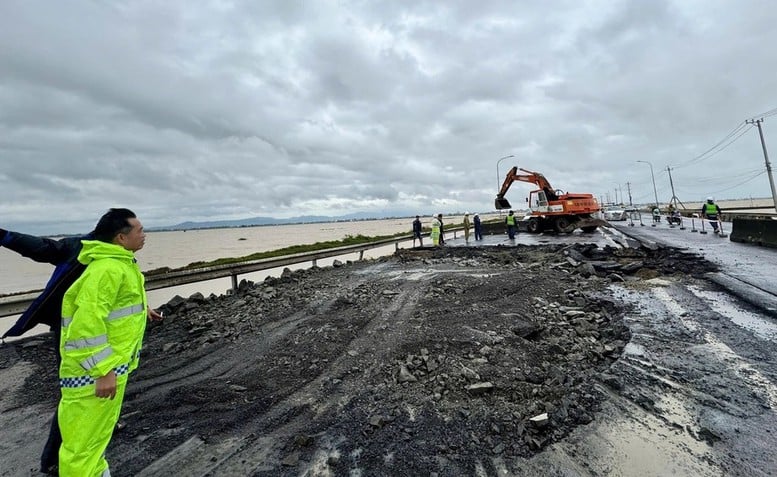
Units must coordinate to ensure smooth traffic on routes that are both under construction and in operation.
Ensuring construction safety
The Ministry requested the Department of Construction Investment and Management, Project Management Boards, investors and contractors to inspect construction safety, deploy measures to prevent landslides at construction sites; and prepare adequate means and human resources to handle incidents. Units must coordinate to ensure smooth traffic on routes that are both under construction and in operation.
Vietnam Maritime Electronic Information Company Limited directed the Coastal Information Station system to continuously update and promptly inform ships at sea of the location and direction of the storm, helping captains proactively avoid entering dangerous areas.
Local Construction Departments must focus on immediately handling congestion on the national highways under their management, especially routes serving rescue and relief. At the same time, closely coordinate with specialized agencies in the fields of roads, railways, and waterways to overcome incidents caused by storms, floods, and rains, and best prepare for the scenario of direct impact from storm No. 15.
PT
Source: https://baochinhphu.vn/bo-xay-dung-cac-luc-luong-truc-ban-24-24-ung-pho-bao-so-15-10225112720252789.htm


![[Photo] Prime Minister Pham Minh Chinh chairs the 15th meeting of the Central Emulation and Reward Council](/_next/image?url=https%3A%2F%2Fvphoto.vietnam.vn%2Fthumb%2F1200x675%2Fvietnam%2Fresource%2FIMAGE%2F2025%2F11%2F27%2F1764245150205_dsc-1922-jpg.webp&w=3840&q=75)

![[Photo] President Luong Cuong attends the 50th Anniversary of Laos National Day](/_next/image?url=https%3A%2F%2Fvphoto.vietnam.vn%2Fthumb%2F1200x675%2Fvietnam%2Fresource%2FIMAGE%2F2025%2F11%2F27%2F1764225638930_ndo_br_1-jpg.webp&w=3840&q=75)













![[Video] Fatherland in the heart: "Journey to touch the hearts of the young generation"](https://vphoto.vietnam.vn/thumb/402x226/vietnam/resource/IMAGE/2025/11/28/1764313253229_screenshot-2025-11-27-172949-jpg.webp)








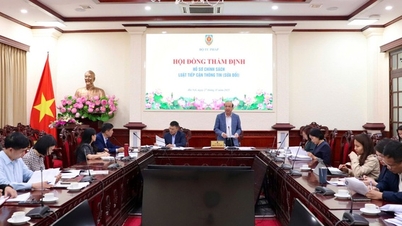
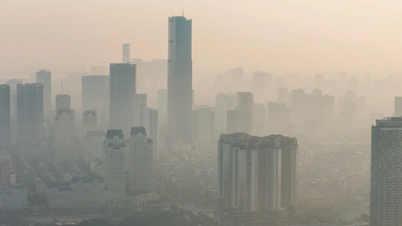





















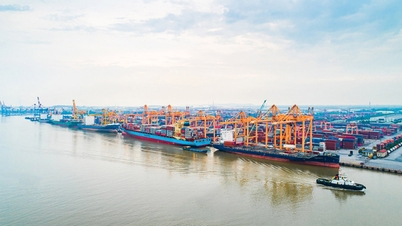
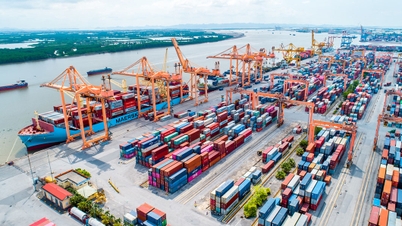

























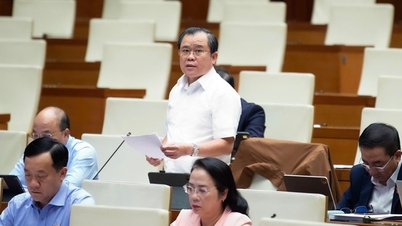










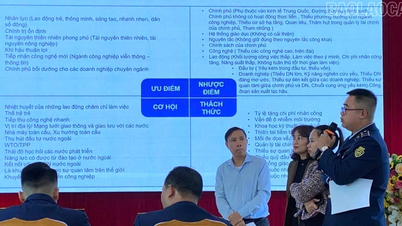
















Comment (0)